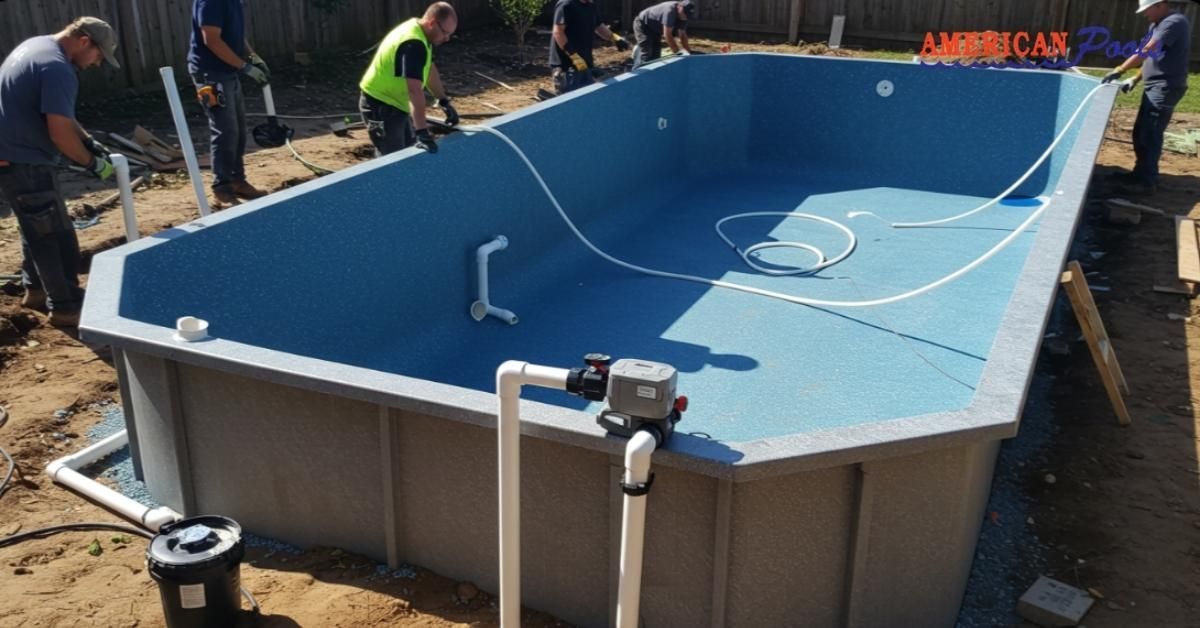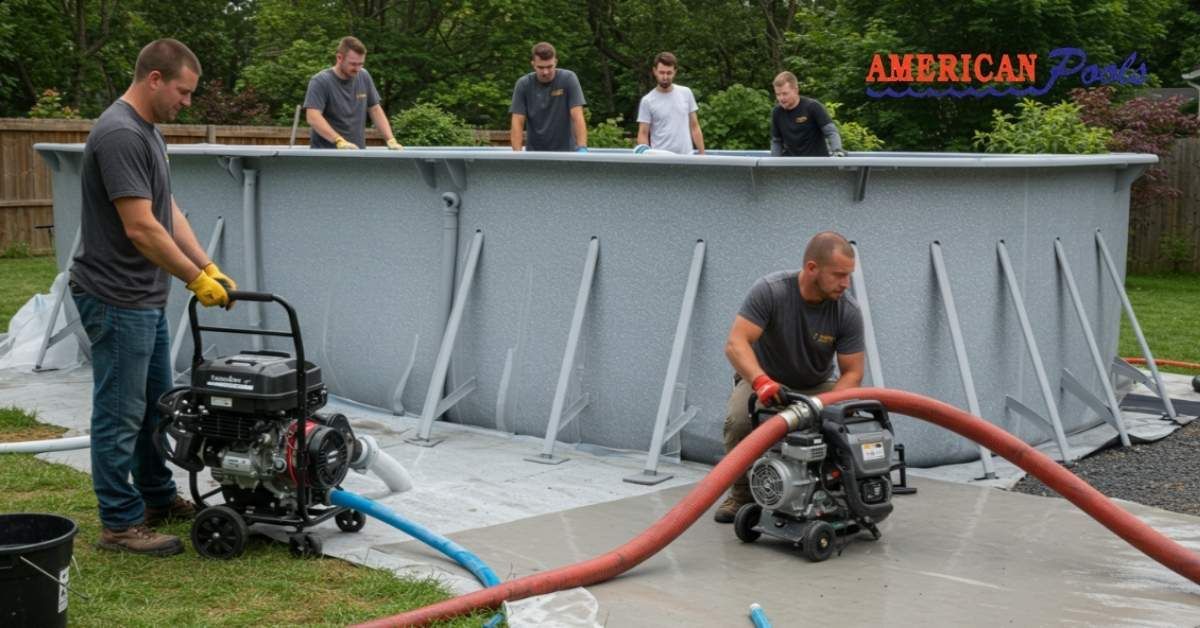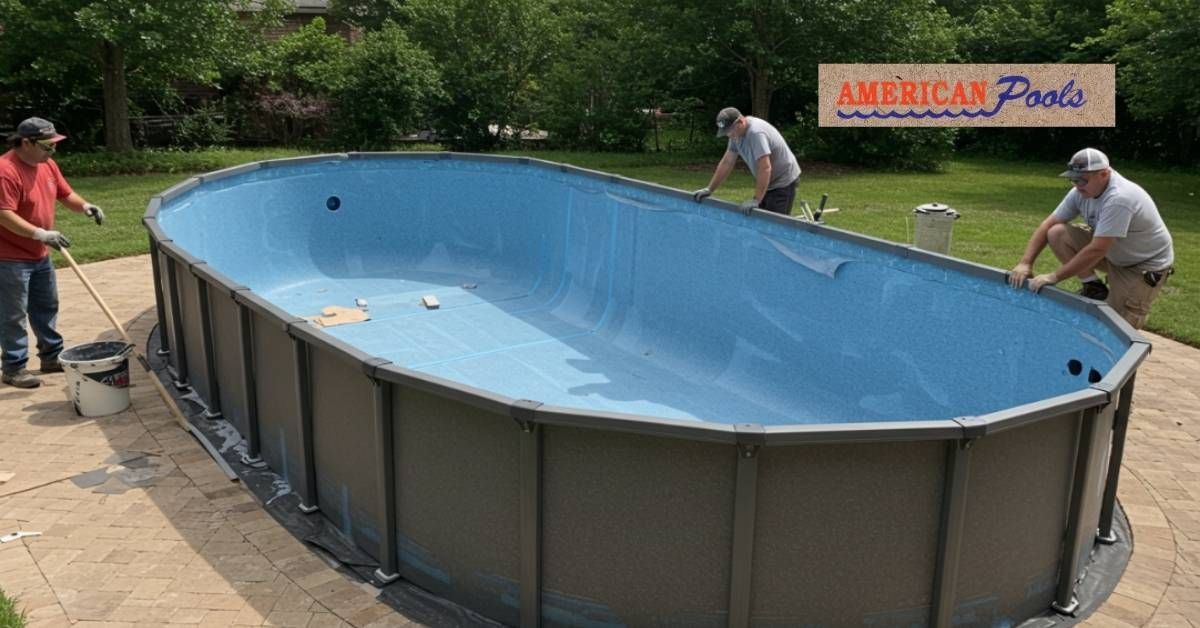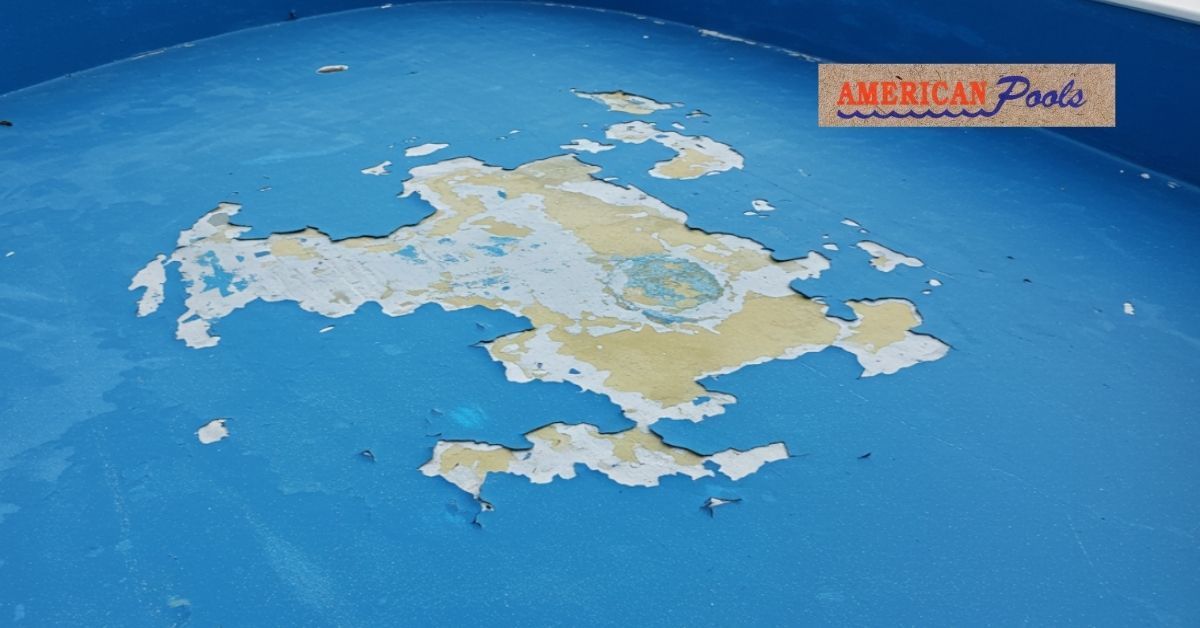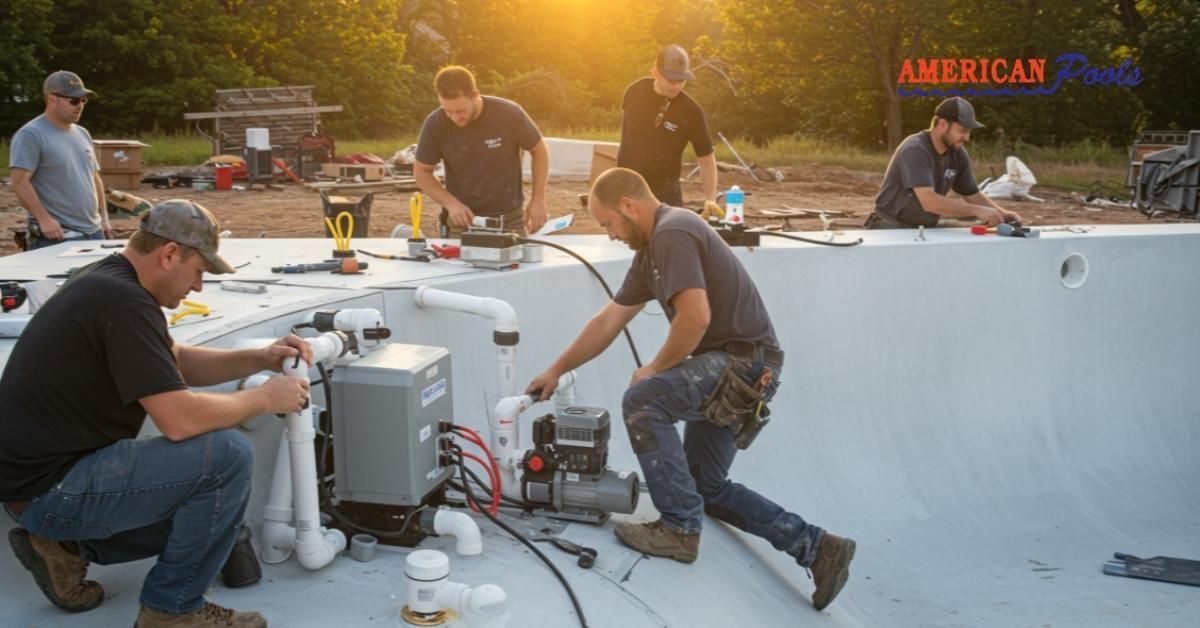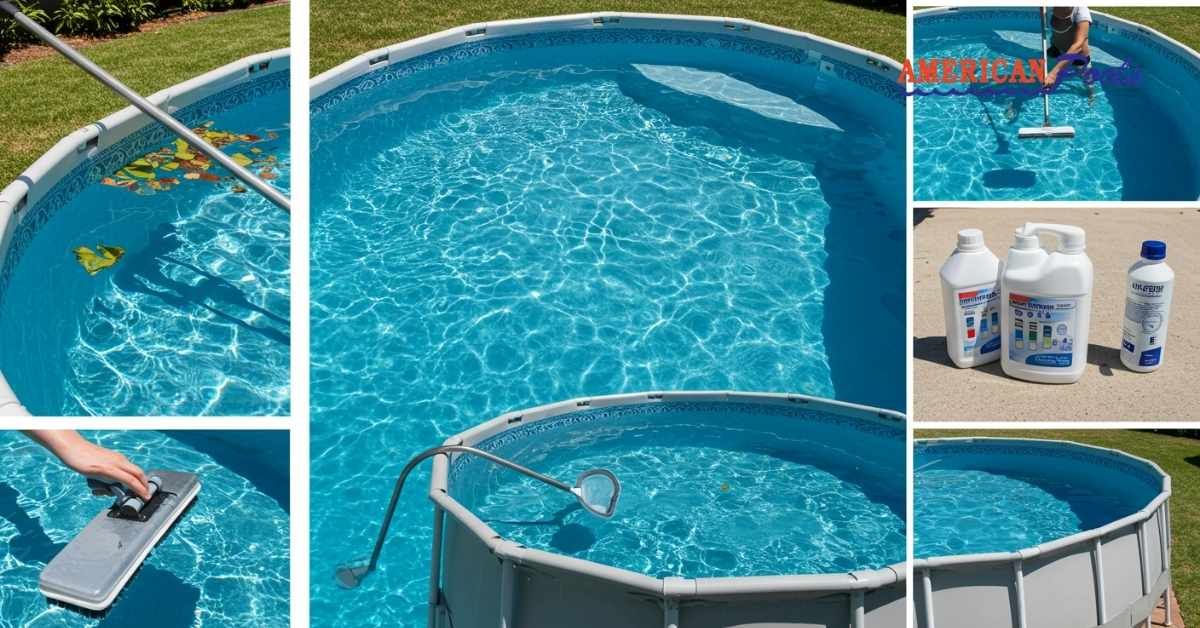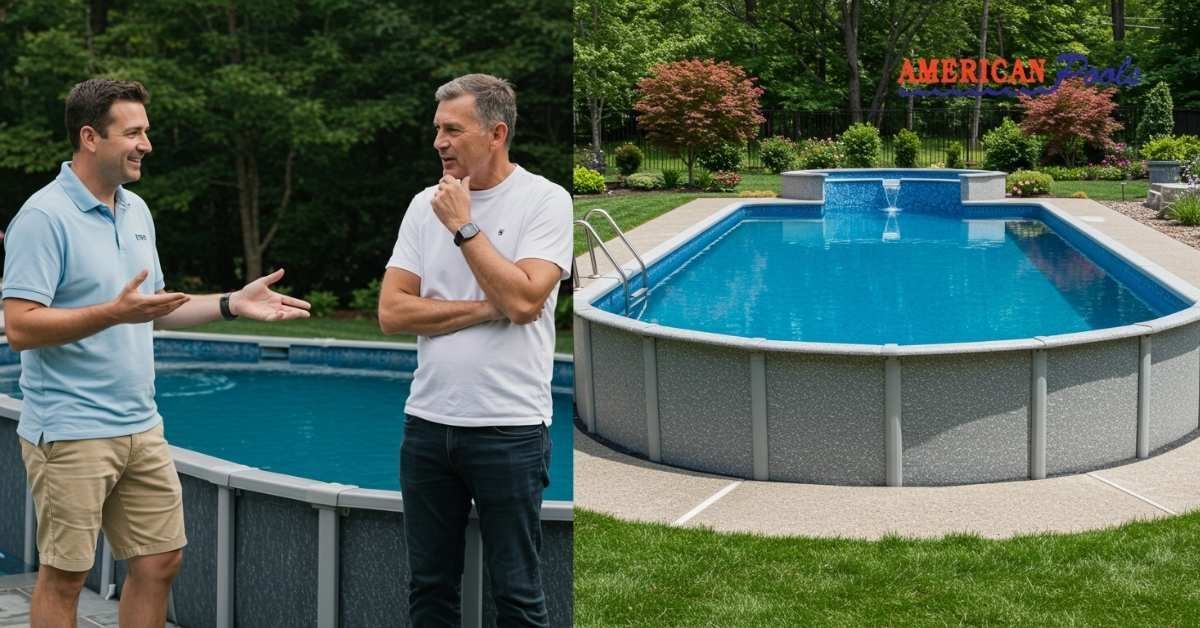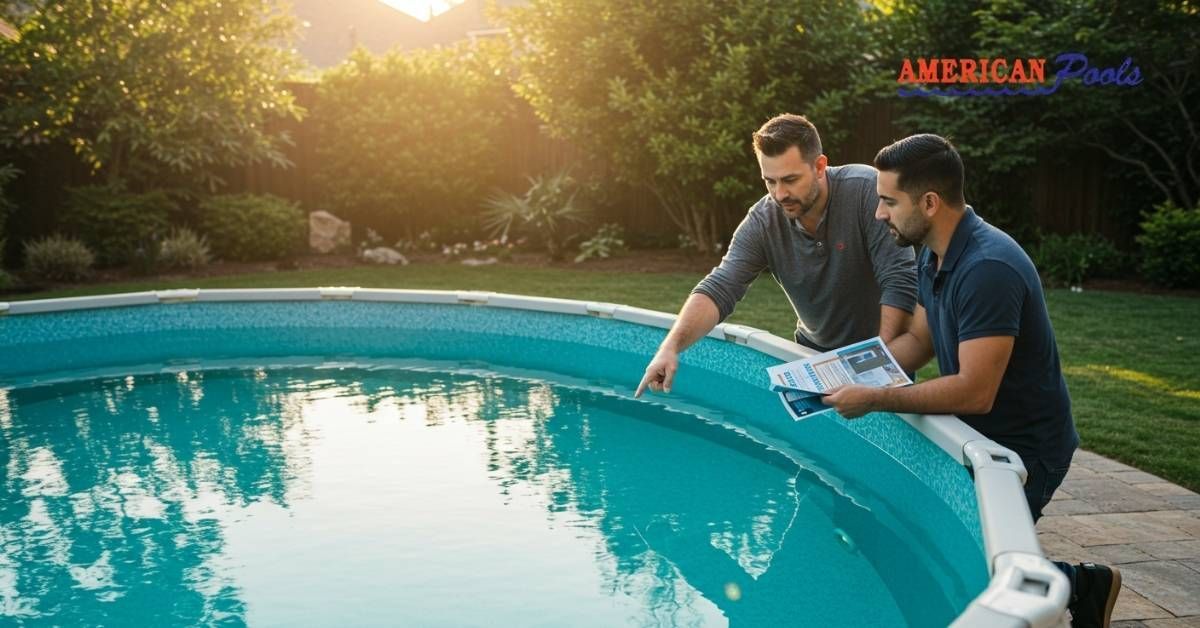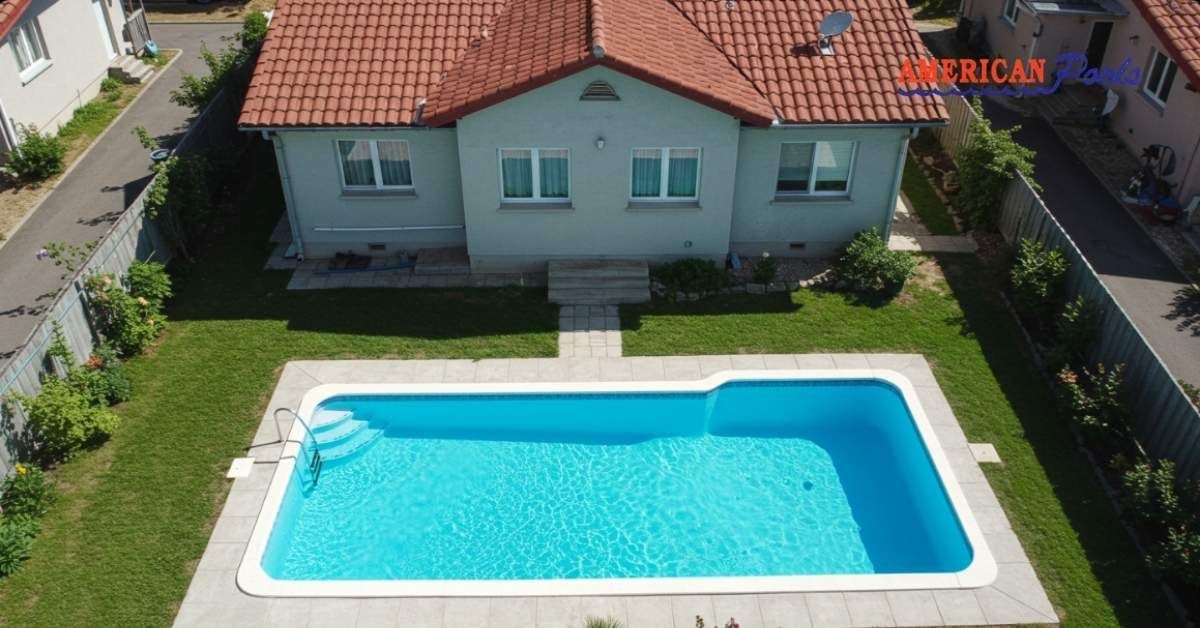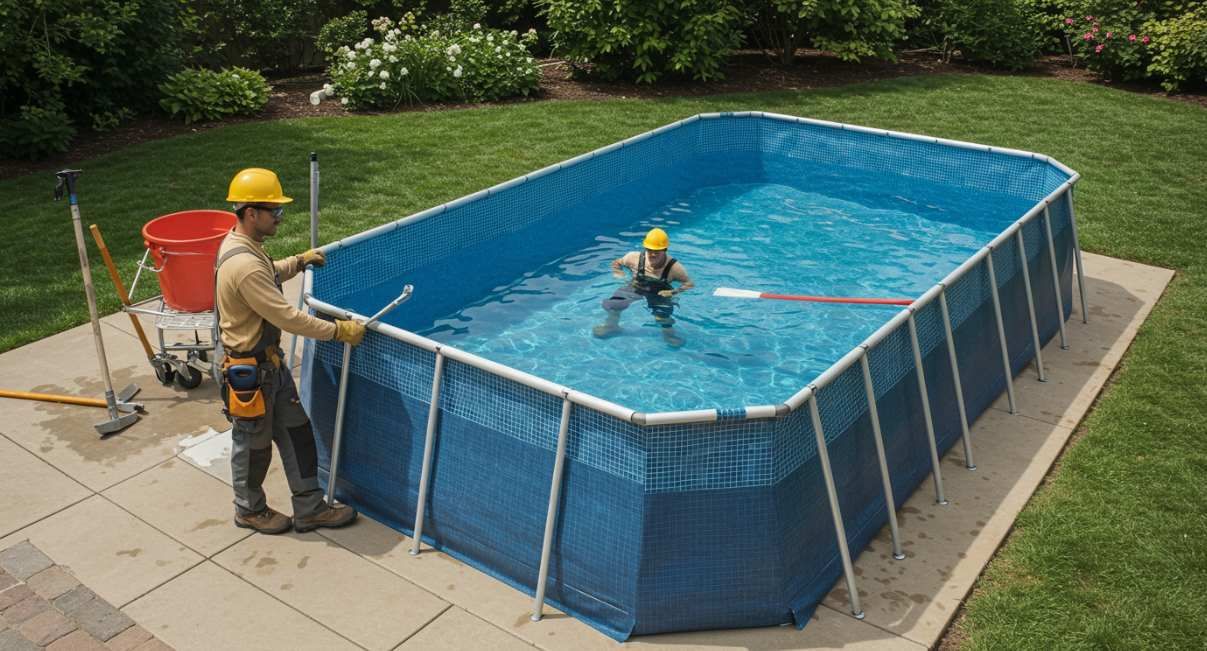Is Fiberglass Pool Liner More Expensive Than Pool Liner?
Choosing the right liner is one of the most important decisions when it comes to pool ownership. Pool liners affect the aesthetics and influence the pool's durability, maintenance, and overall cost over time. If you're weighing the options between fiberglass and traditional vinyl pool liners, you're probably wondering: Is fiberglass pool liner more expensive than pool liner? Let’s dive into this comparison and explore the factors that impact costs and value.
What is a Fiberglass Pool Liner?
Fiberglass pool liners are durable, pre-formed shells made from fiberglass-reinforced plastic. These liners are installed as a single piece, offering a smooth, non-porous surface that prevents algae growth and minimizes maintenance.
Advantages of Fiberglass Pool Liners
- Longevity: Fiberglass liners can last for decades, often outlasting other liner types significantly.
- Low Maintenance: The non-porous surface prevents algae build-up, reducing cleaning and chemical costs.
- Durability: Resistant to cracks, punctures, and wear from regular use.
- Comfort: The smooth surface is gentle on the skin, making it an excellent choice for families.
Potential Drawbacks
- Higher Upfront Costs: Fiberglass liners generally have a higher initial investment.
- Limited Shapes and Sizes: While pre-formed, customization options may be less flexible than vinyl liners.
What is a Traditional Pool Liner?
Traditional pool liners, often made from vinyl, are the most common option for above-ground and inground pools. These liners act as a barrier between the pool's structure and the water, offering flexibility in pool shape and design.
Advantages of Vinyl Pool Liners
- Affordable Initial Cost: Vinyl liners are typically less expensive to purchase and install.
- Custom Shapes: Ideal for pools with unique or complex designs.
- Ease of Replacement: Replacing a vinyl liner is straightforward and relatively quick.
Potential Drawbacks
- Shorter Lifespan: Vinyl liners usually last 7–10 years, requiring frequent replacements.
- Higher Maintenance: More prone to tears, leaks, and algae growth, which increases upkeep costs.
Less Durable: Susceptible to damage from sharp objects or improper handling.

Cost Comparison: Fiberglass vs. Vinyl Pool Liners
Initial Costs
Fiberglass pool liners are significantly more expensive upfront due to their material quality and installation complexity. Vinyl liners, on the other hand, are a budget-friendly option initially.
Maintenance Costs
Over time, fiberglass liners prove more cost-effective. Their low maintenance requirements mean fewer cleaning, chemicals, and repair expenses. In contrast, vinyl liners often need regular maintenance to address tears, leaks, and algae growth.
Replacement Costs
Vinyl liners typically must be replaced every 7–10 years, adding to their lifetime costs. Fiberglass liners, by contrast, can last for decades with proper care, eliminating the need for frequent replacements.
Lifetime Value
Fiberglass liners often appear ahead when considering total expenses over the pool's lifespan. While the upfront investment is higher, their durability and low maintenance requirements make them a cost-effective choice in the long run.
Factors Influencing Costs
Several factors can affect the price of fiberglass and vinyl pool liners:
- Size and Shape of the Pool
Larger or custom-shaped pools require more materials and may increase installation complexity.
Installation Process
Fiberglass liner installation is more specialized, requiring skilled professionals, which adds to the cost.
Climate Considerations
In climates with extreme temperature fluctuations, fiberglass liners often perform better, reducing long-term repair costs.
Additional Costs
- Fiberglass: Occasional resurfacing may be needed after several decades.
- Vinyl: Frequent repairs and liner replacements add up over time.
Why Fiberglass Pool Liners May Be Worth the Investment
While fiberglass pool liners are more expensive up front, they offer significant benefits that justify the cost:
- Durability: They provide long-term savings with a lifespan far exceeding vinyl liners.
- Lower Maintenance: Minimal upkeep means less time and money spent on pool care.
- Aesthetic Appeal: Their smooth finish and high-quality design create a luxurious pool experience.
When you choose fiberglass, you're not just investing in a pool liner—you're investing in a hassle-free, long-lasting pool environment.
Addressing Common Misconceptions
Is Fiberglass Always More Expensive?
Not necessarily. When factoring in long-term maintenance and replacement costs, fiberglass is often the more economical choice.
Can Fiberglass Liners Be Customized?
While pre-formed, fiberglass liners come in various sizes and styles to suit most needs. For highly intricate designs, vinyl may still be the better option.
FAQs of Is Fiberglass Pool Liner More Expensive Than Pool Liner?
1. How long does a fiberglass pool liner last compared to a vinyl liner?
Fiberglass liners can last 25+ years, while vinyl liners typically last 7–10 years.
2. Is maintenance for fiberglass pool liners complicated?
No. The non-porous surface reduces algae growth and requires minimal cleaning.
3. What are the biggest cost factors for fiberglass pool liners?
The size of the pool, installation complexity, and quality of materials are the primary factors.
Conclusion
So, is a fiberglass pool liner more expensive than a vinyl pool liner? Initially, yes. However, fiberglass liners often provide better value when considering the total cost over the pool's lifetime due to their durability, low maintenance, and longevity. Fiberglass is an excellent choice if you're looking for a high-quality pool liner that offers long-term savings and a luxurious experience.
For more information on fiberglass pool liners and expert installation, contact
American Fiberglass Pools today. With 50 years of industry experience, we’re here to help you make the best decision for your pool.

